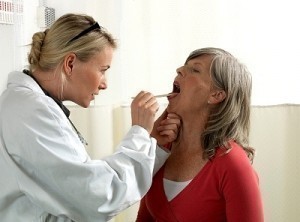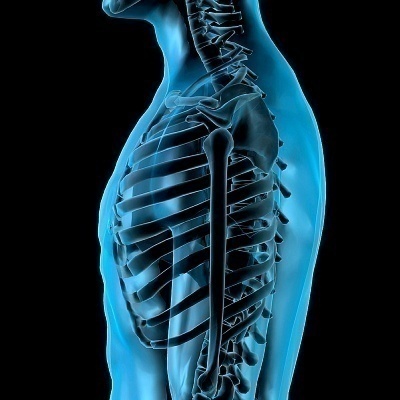Hand Foot and Mouth Disease (HFMD)
The hand foot and mouth disease is a common disease (viral illness of infants) among children. The disease causes fever and blister like eruptions in the mouth or skin rash. It is often being confused with foot and mouth disease of cattle, sheep, and swine. The two diseases are not the same. Moreover, they are caused by different viruses. Humans do not get the animal diseases and animals do not get the human diseases.
Illness / Symptoms
- The disease usually begins with a fever, poor appetite, malaise (feeling vaguely unwell), and often with a sore throat.
- One or 2 days after fever onset, painful sores usually develop in the mouth. They begin as small red spots that blister and then often become ulcers. The sores are usually located on the tongue, gums, and inside of the cheeks.
- A non-itchy skin rash develops over 1–2 days. The rash has flat or raised red spots, sometimes with blisters. The rash is usually located on the palms of the hands and soles of the feet; it may also appear on the buttocks and/or genitalia.
- A person with HFMD may have only the rash or only the mouth sores.
Cause
- HFMD is caused by viruses that belong to the enterovirus genus (group). This group of viruses includes polioviruses, coxsackieviruses, echoviruses, and enteroviruses.
- Coxsackievirus A16 is the most common cause of HFMD, but other coxsackieviruses have been associated with the illness.
- Enteroviruses, including enterovirus 71, have also been associated with HFMD and with outbreaks of the disease.
How It Is Spread
- Infection is spread from person to person by direct contact with infectious virus. Infectious virus is found in the nose and throat secretions, saliva, blister fluid, and stool of infected persons. The virus is most often spread by persons with unwashed, virus-contaminated hands and by contact with virus-contaminated surfaces.
- Infected persons are most contagious during the first week of the illness.
- HFMD is not transmitted to or from pets or other animals.
- Factors That Increase the Chance for Infection or Disease
- Everyone who has not already been infected with an enterovirus that causes HFMD is at risk of infection, but not everyone who is infected with an enterovirus becomes ill with HFMD.
- HFMD occurs mainly in children under 10 years old but can also occur in adults. Children are more likely to be at risk for infection and illness because they are less likely than adults to have antibodies to protect them. Such antibodies develop in the body during a person’s first exposure to the enteroviruses that cause HFMD.
- Infection results in immunity to (protection against) the specific virus that caused HFMD. A second case of HFMD may occur following infection with a different member of the enterovirus group.
Treatment
- Antipyretics (drugs that reduce fevers)
- Acetaminophen, ibuprofen (pain relievers)
- Mouthwash or spray to lessen mouth pain
- Fluid intake to prevent dehydration
For more information on Hand Foot and Mouth Disease read:






